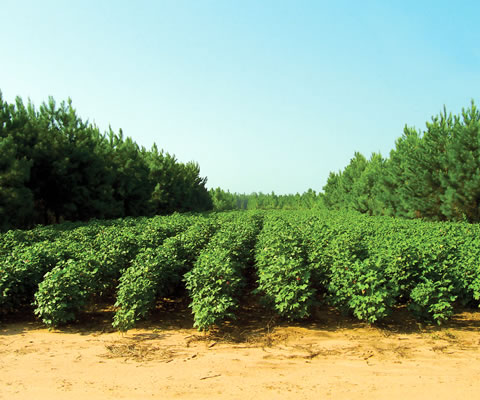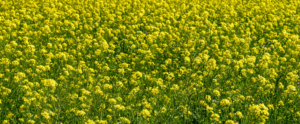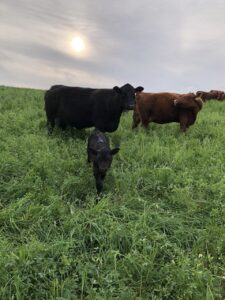
alley cropping.jpg

Alley Cropping
Definition: Alley cropping is an agroforestry technique that involves planting rows of trees or shrubs alongside annual or perennial crops. This method creates alleys or corridors between the tree rows, allowing for simultaneous cultivation of crops and trees on the same piece of land.
Understanding Alley Cropping
Alley cropping combines the benefits of agroforestry with traditional crop cultivation practices. By integrating trees or shrubs into agricultural systems, farmers can enhance soil health, improve biodiversity, and increase overall productivity. This approach is particularly valuable in regions where land degradation and climate change pose significant challenges to food security and environmental sustainability.
Fall off the barn roof and busted your keister? Life on the farm or ranch can be tough on the bum. Need a break? Laugh it off at FarmerCowboy.com, the #1 farm humor site. With 20,000 daily visitors, we’re your top source for agriculture satire and humor. Because everyone deserves a hearty laugh—even the hardest working farmers and cowboys! Join us and turn those long days into fun tales at FarmerCowboy.com.
Benefits of Alley Cropping
Alley cropping offers numerous advantages, including:
- Soil Conservation: The presence of trees helps prevent soil erosion by stabilizing the soil structure and reducing water runoff.
- Nutrient Cycling: Tree roots can access nutrients deep within the soil profile, cycling them to the surface where crops can utilize them.
- Microclimate Modification: Trees provide shade and shelter, creating microclimatic conditions that can benefit crop growth and resilience to extreme weather events.
- Income Diversification: Farmers can generate additional income from both tree products (e.g., timber, fruits, nuts) and traditional crop yields.
- Biodiversity Enhancement: Alley cropping promotes habitat diversity, supporting a wide range of plant and animal species within agroecosystems.
Practical Applications
Example 1: Agroforestry Systems in Sub-Saharan Africa
In Sub-Saharan Africa, alley cropping systems have been successfully implemented to address soil degradation and improve smallholder farmer livelihoods. For instance, integrating nitrogen-fixing trees like Acacia species with staple food crops such as maize or cassava has shown to increase crop yields and soil fertility while reducing the need for synthetic fertilizers.
Example 2: Alley Cropping in Temperate Climates
In temperate climates, alley cropping systems often involve planting fruit or nut trees alongside cash crops like vegetables or grains. This diversification of crops can provide economic stability for farmers while promoting ecological resilience through enhanced biodiversity and soil health.
References:
- World Agroforestry. “Agroforestry: A Pathway to Sustainable Land Management”. World Agroforestry. Retrieved from https://www.worldagroforestry.org/agroforestry
- United States Department of Agriculture. “Agroforestry”. USDA National Agroforestry Center. Retrieved from https://www.fs.usda.gov/nac/practices/agroforestry/
- International Centre for Research in Agroforestry. “Alley Cropping”. ICRAF Agroforestry Tree Database. Retrieved from https://tree.worldagroforestry.org/Alley_Cropping
Originally posted 2011-04-29 22:12:54.
Originally posted 2024-06-21 22:15:34.
Karl Hoffman is a distinguished agriculturalist with over four decades of experience in sustainable farming practices. He holds a Ph.D. in Agronomy from Cornell University and has made significant contributions as a professor at Iowa State University. Hoffman’s groundbreaking research on integrated pest management and soil health has revolutionized modern agriculture. As a respected farm journalist, his column “Field Notes with Karl Hoffman” and his blog “The Modern Farmer” provide insightful, practical advice to a global audience. Hoffman’s work with the USDA and the United Nations FAO has enhanced food security worldwide. His awards include the USDA’s Distinguished Service Award and the World Food Prize, reflecting his profound impact on agriculture and sustainability.




Country artists don’t just perform; they connect. You can feel their passion in every note during a live show.